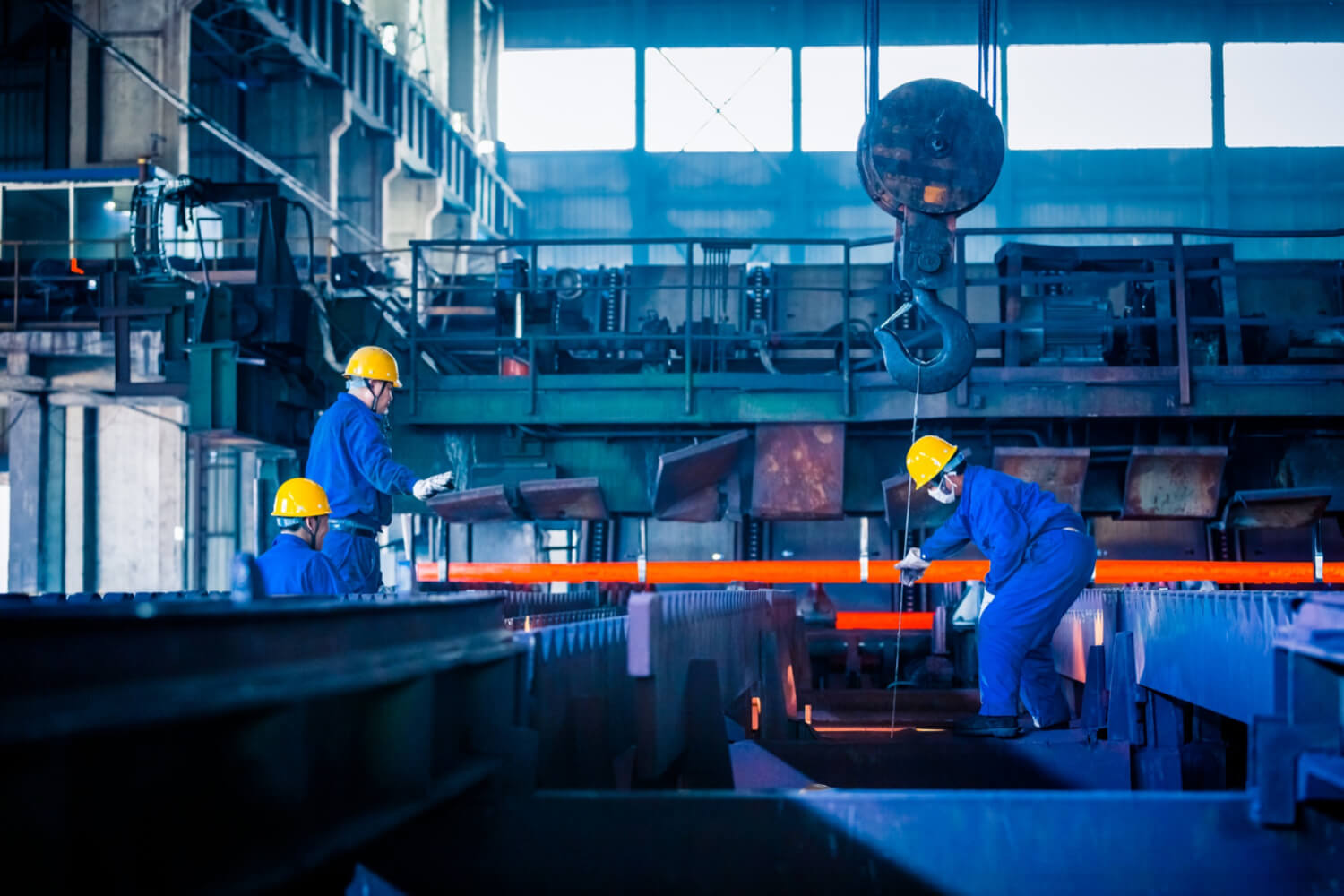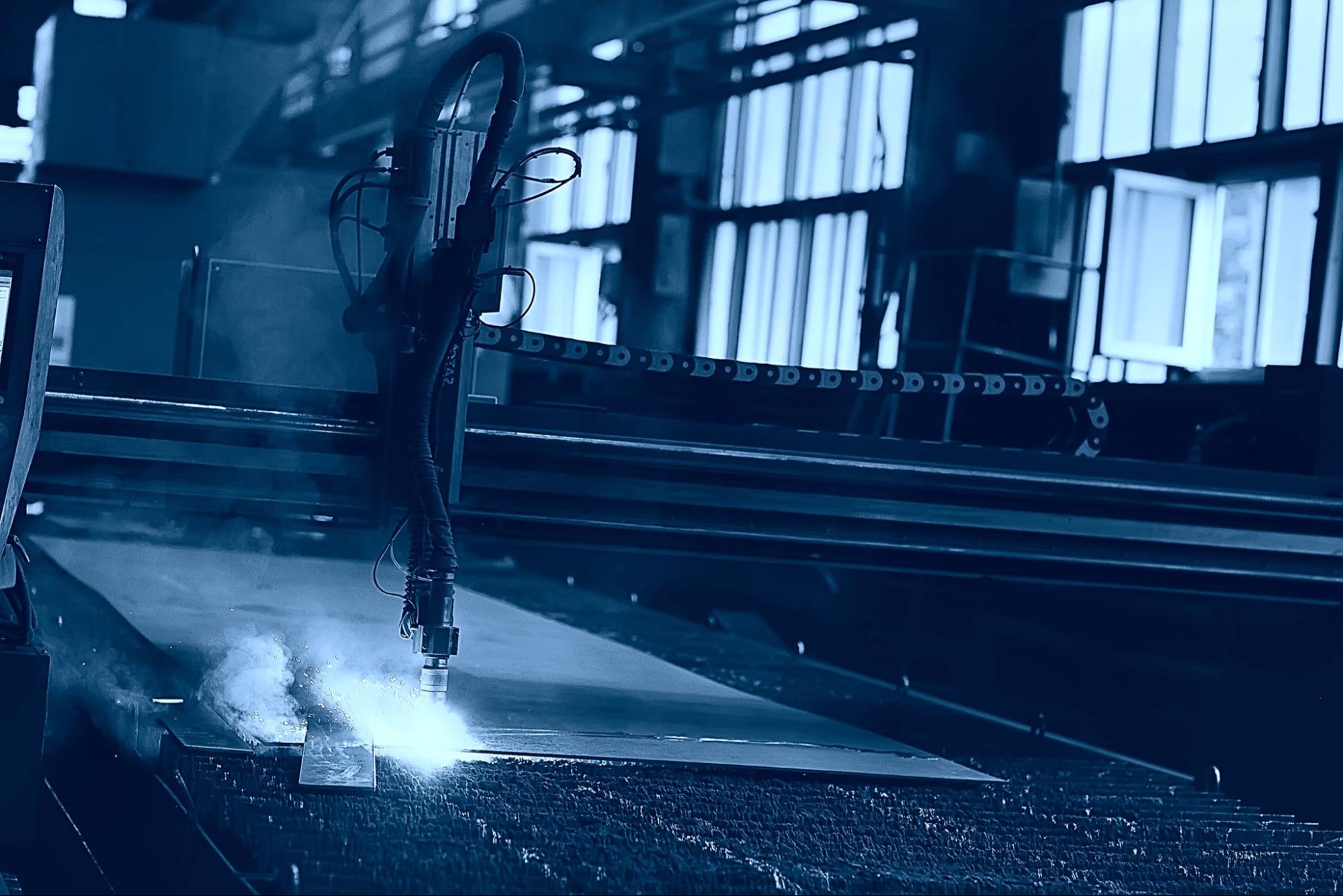What is Aluminum Turning?
Aluminum turning is a type of machining that involves using a lathe to shape aluminum. The process involves using a cutting tool to remove material from the aluminum piece until it reaches the desired shape.
The main advantage of aluminum turning is that it is less expensive than other methods of manufacturing and can be completed in a shorter amount of time.


The main disadvantage is that it requires more precision than other processes because aluminum is a softer metal and more prone to chipping and scratching.
What makes Aluminum Turning Components so great?
Aluminum Turning Components are easy to work with because they have high machinability and good thermal conductivity. They also have good corrosion resistance which makes them useful for exterior applications as well as interior ones!
Types of Aluminium Turned Components
There are many different types of aluminum-turned components. The most common are tapers, threads, plugs, and bushings.
Tapers: Tapers are used in the construction of shafts, tubes, and other cylindrical items. They can be made to exact specifications using a lathe.
Threads: Threads can be cut into these pieces by using a threading tool or a threading die. These tools make it possible to cut threads with a wide range of pitches on the same piece of material.
Bushings: Bushings are used to provide support for another part while allowing some degree of movement or rotation between them. They can be made out of many different materials including steel or brass but aluminum is often preferred because it is lightweight and durable.
Plugs: Plugs are used to fill holes in parts that need to be filled but cannot be drilled out due to size restrictions or other considerations such as appearance.
The Aluminum Turning Components Process
The aluminum turning process begins with a bar of aluminum. The bar is placed on a lathe and turned into a round bar, which is then cut down to size.
The process of cutting the bar down to size is called “roughing”. The roughing operation can be done with a facing tool, or a tool that can be used to remove excess material in one pass.
If you are using a facing tool, it will only remove about 1/4″ at most from each side of your part. If you are using a tool that removes material in one pass, it will remove all of the excess material from both sides of your part in 1 pass.


After roughing comes “turning”, which removes smaller amounts of material per revolution than roughing does. This allows us to shape our part exactly how we want it by making multiple passes over each side until we get it where we want it.
After turning comes “finishing”, which removes even smaller amounts of material per revolution than turning does, but still leaves enough material in place so that your part doesn’t fall apart when you pick it up.
After finishing comes “polishing”, which gives the part its final smooth finish by polishing away any remaining imperfections in the surface. This process is repeated for every side of the part that needs to be machined.
Uses for Aluminum Turning Components
The most common application for aluminum turning components is in the automobile industry. Aluminum can be used to make everything from engine blocks and transmission cases to rims and wheels. It is also used to make exhaust systems, suspension components, and body panels.
In addition to being used in the automotive industry, aluminum turning components are also commonly found in a variety of other industries including aerospace, defense, marine, and other transportation equipment industries as well as medical devices such as hearing aids. In fact, over 90 percent of all hearing aids are made using aluminum-turned parts!
Another major application for aluminum turned components is in electronics manufacturing where they are used to make circuit boards, connectors, and other electronic devices that require small internal parts such as capacitors or resistors. They can also be used to make computer housings or enclosures as well as lighting fixtures such as track lights or spotlights.
What Tools are Used for Aluminum Turning
The tools used to turn aluminum are different from those used for steel. The main difference is in the material being used. While steel can be cut with high-speed steel cutting tools, aluminum must be cut with carbide or tungsten carbide-tipped tools.


The following are some of the most common tools used for aluminum turning:
Dial calipers: Dial calipers are used to check the dimensions of parts during the manufacturing process. They are also used to measure large parts like blocks, heads, and cylinders so that they can be machined accurately.
Lathe: This machine has a chuck on one end that holds the workpiece while it’s being turned on the lathe bed. The other end has a tool post that holds cutting tools such as gouges, parting tools, and broaches. Lathes come in different sizes and configurations depending on how complex the part being machined is. The size of a lathe also determines how large an object can be held onto its bed by its chuck and turned at one time.
Mill: This machine is similar to a lathe but instead of having chucks at both ends, it has a collet at one end which holds small diameter workpieces securely while they are being milled by rotating cutters called end mills. They come in different sizes and can be used to mill flat surfaces, slots, pockets, grooves, and complex 3D shapes.
Drill Press: This machine is ideal for drilling holes but can also be used for countersinking and many other operations if it’s fitted with the proper accessories.
Radial Drill: This machine is similar to a drill press but instead of the workpiece being rotated and the cutting tool remaining stationary, both the cutting tool and the workpiece rotate.
Jig Saw: A jig saw is another commonly used tool in aluminum spinning because it allows you to cut out intricate shapes without creating any rough edges on your material. This tool is especially useful when working with sheet metal that needs to be cut into many small pieces (such as rivets).
Our Aluminum Turning Parts Capabilities
At Gayatri Precision, we offer Aluminum Turned Components made from high-quality material and tested on various parameters before delivering to our customers. We are one of the leading providers of CNC machined parts and components with expertise in delivering high-quality products.
Our aluminum-turned components come with high dimensional accuracy, low tolerance, and smooth finishing. We can also provide you with machined parts in various shapes and sizes as per your requirements.
Our CNC machine shop is equipped with the latest state-of-the-art machines that are capable of producing components with tight tolerances. With our in-house tool design facility, we can help you produce just about any part or component regardless of its complexity.
If you want to know more about us, please visit our website or contact our team directly to place your order.
